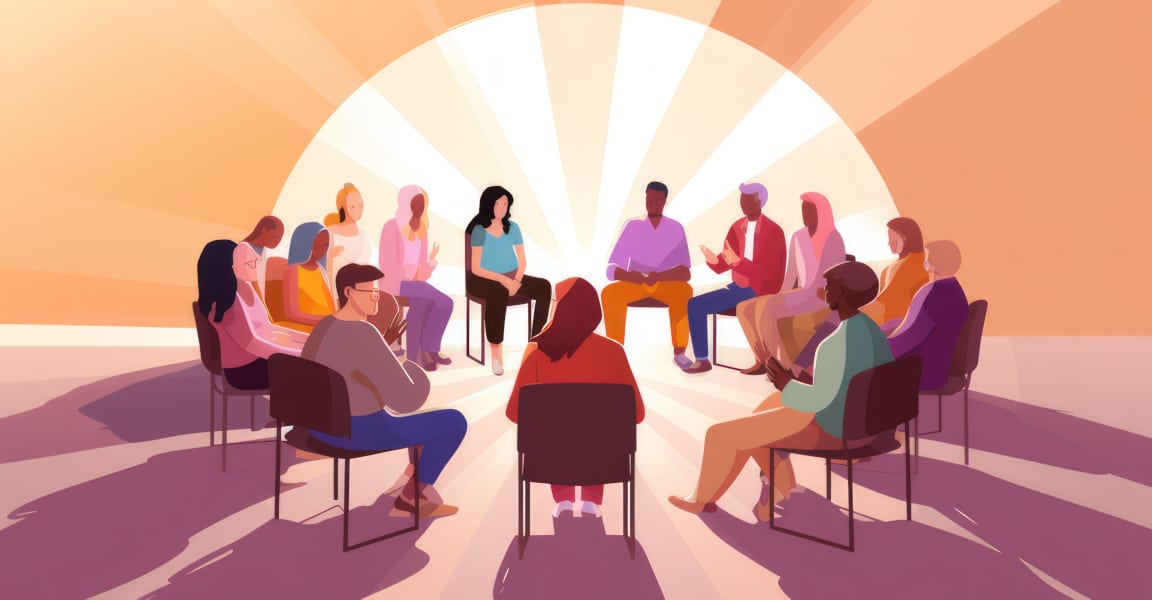
Although more men die annually due to prescription painkiller misuse, the number of women who are dying due to abuse of these drugs is on the rise. In 2010, around 18 women died each day due to overdose on prescription painkillers, which was about 6,600 women that year.
Abuse of prescription painkillers is a serious epidemic. What can be done to help prevent these deaths? According to the CDC, healthcare providers can do the following –
- Recognize that women can be at risk of prescription drug overdose.
- Discuss pain treatment options, including ones that do not involve prescription drugs.
- Discuss the risks and benefits of taking prescription painkillers, especially during pregnancy. This includes when painkillers are taken for chronic conditions.
- Follow guidelines for responsible painkiller prescribing, including:
- Screening and monitoring for substance abuse and mental health problems.
- Prescribing only the quantity needed based on appropriate pain diagnosis.
- Using patient-provider agreements combined with urine drug tests for people using prescription painkillers long term.
- Teaching patients how to safely use, store, and dispose of drugs.
- Avoiding combinations of prescription painkillers and benzodiazepines (such as Xanax and Valium) unless there is a specific medical indication.
- Talk with pregnant women who are dependent on prescription painkillers about treatment options, such as opioid agonist therapy.
- Use prescription drug monitoring programs (PDMPs)—electronic databases that track all controlled substance prescriptions in the state—to identify patients who may be improperly using prescription painkillers and other drugs.
Compared to men, women may be more likely to have chronic pain, may become addicted to prescription painkillers more easily and may be more likely to “doctor shop”. The number of women who died from abuse of these drugs rose over 400% from 2009 to 2010, compared to a rise of around 265% in men. It is clear that there needs to be more focus on how to address addiction to opioids in women, although the increase in deaths in both men and women is significant and indicates that more intervention is necessary for both genders.
Explore this article:
Explore Our Facilities
Drug and alcohol detox and residential treatment for addiction and mental health disorders
Outpatient treatment center for substance use disorder and mental health disorders
Outpatient treatment center for substance use disorder and co-occurring mental health disorders







